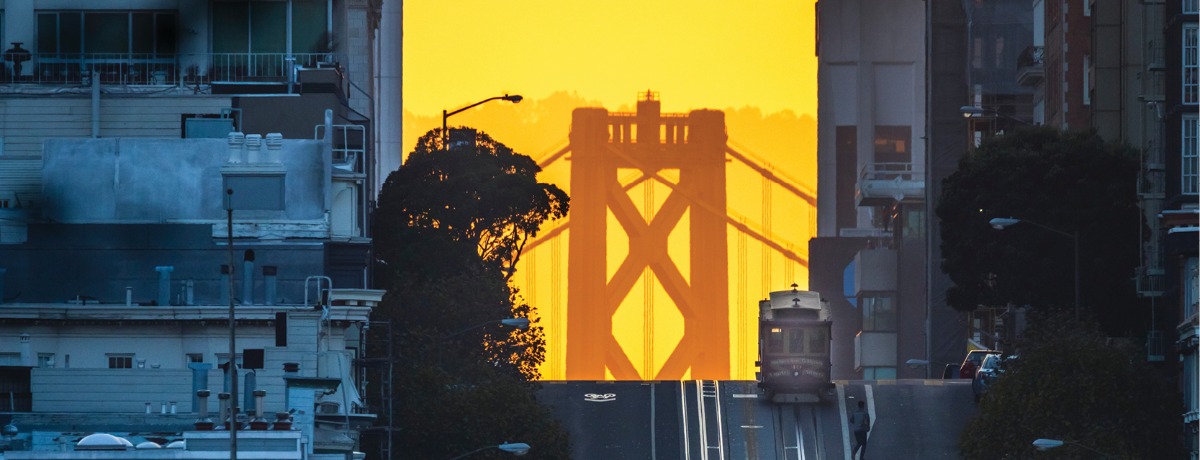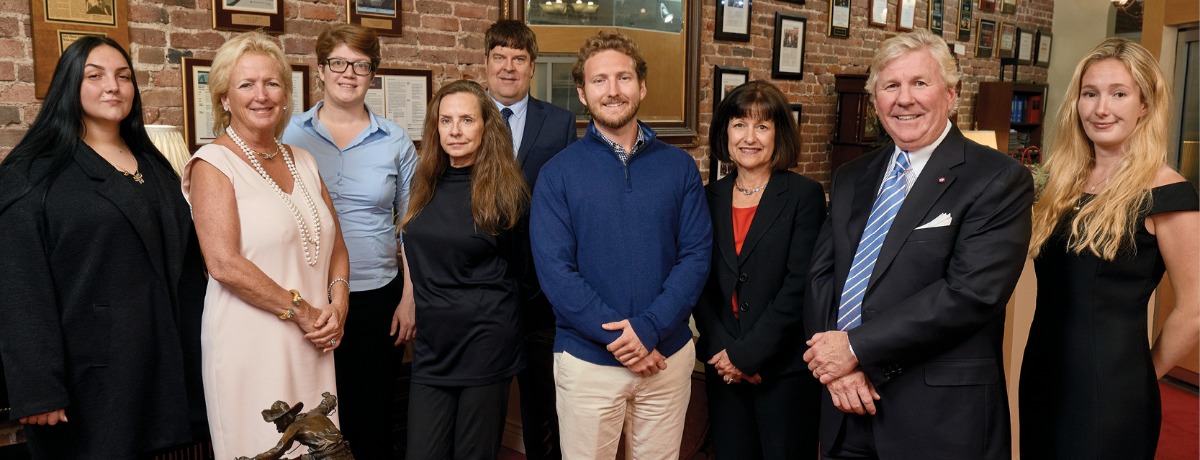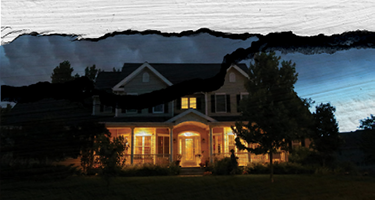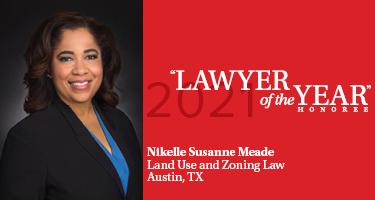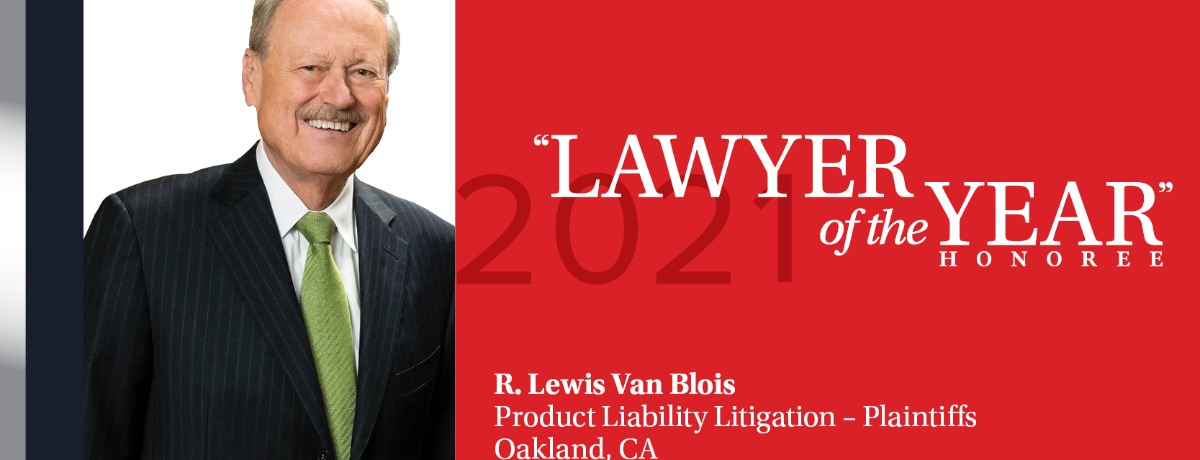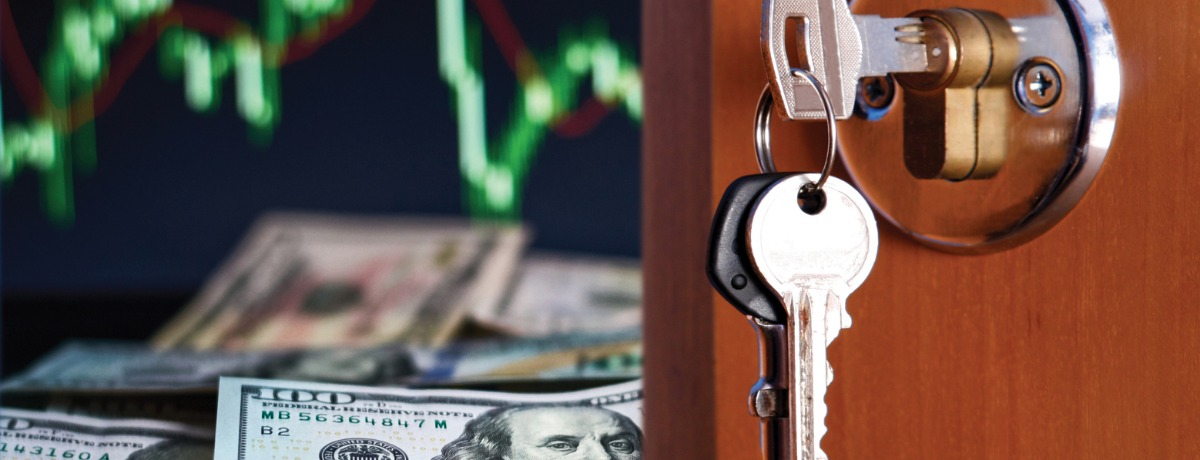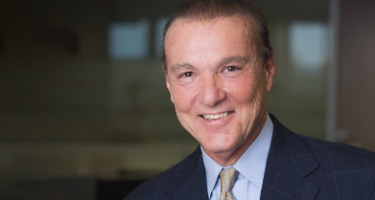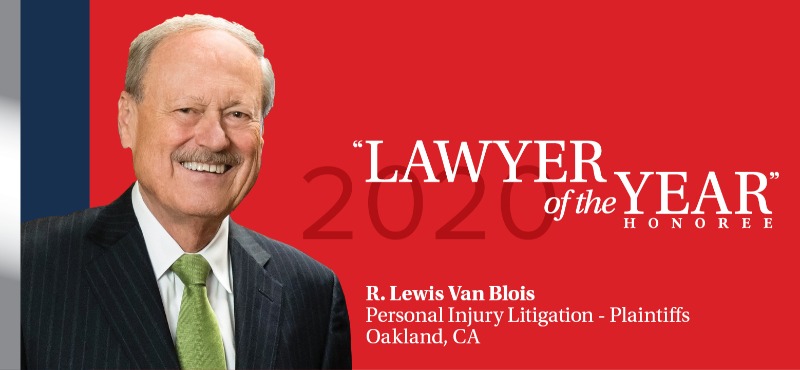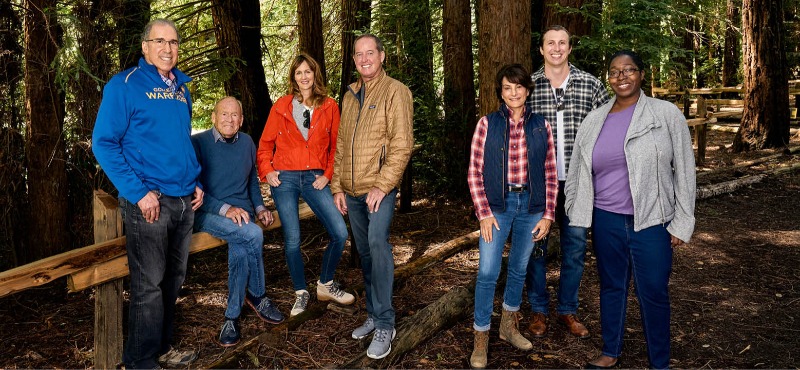Large cities across the country are seeing rising rates of gentrification, and California residents are grappling with how to best manage the phenomenon while mitigating its negative impacts. According to a U.S. News article from August 2019, San Diego ranks as the second city in the U.S. with the highest intensity of gentrification, with 29 percent of the neighborhoods are gentrified out of a total of 627 neighborhoods.
The National Community Reinvestment Coalition ranked the country’s 20 most intensely gentrified cities during a five-year period ending in 2017 based off data collected by the U.S. Census Bureau. Of the 20, California had five of them: San Francisco-Oakland, San Jose, Sacramento, San Diego, and Los Angeles.
We talked to two attorneys recognized by Best Lawyers to discuss the impact of gentrification on residents.
Arthur O. Spaulding, Jr.
Partner at Cox, Castle & Nicholson
Recognized for Real Estate Law Since 2007
What are the effects, either positive or negative, of gentrification?
The negative effects are all related to disruptions to affordable housing. Rents rise. Homelessness increases. Public health suffers. Workers are compelled to move great distances away from their jobs and must commute to work, increasing air pollution and straining family relationships.
The positive side is mostly related to benefits to individuals affluent enough to afford to buy housing that may be rental-housing stock in presently marginal neighborhoods. The buyers redevelop that housing to higher standards, thus “improving” the quality of housing in those locations. This brings with it an increase in property taxes as assessed values increase, producing some economic benefits to the communities. In addition, a claim can be made that the more affluent buyers also spend more money than those who used to occupy homes purchased, increasing sales tax revenues. But all of this comes at the expense of those renters who are forced to relocate and often must move outside of the cities in which they used to live.
There’s a form of gentrification known as “green gentrification” which replaces lower-income housing in order to construct a green, resilient park or shoreline. What do you think of gentrification in the name of helping the planet?
I think this is a very bad idea unless it is also paired with an effective redevelopment program to create affordable housing that replaces housing being converted. Taking the Bay Area as an example, there is an existing lack of affordable housing, and the level of homelessness in the city is high. It’s hard to imagine finding additional property within the city on which to create affordable housing as a concomitant municipal program to green gentrification, let alone fast-tracking its development.
How are cities in California being gentrified specifically?
Think back to the great Dot Com Bubble here in the Bay Area in the late 1990s. The high-income employees of the Dot Com companies essentially invaded the areas south of Market and began “upgrading” many of the city’s neighborhoods that had been rental housing for lower-income people for decades. This has now been repeated in the era of the boom in High Tech. San Francisco simply became an unaffordable place to live, unless you were extremely wealthy.
Note that the impacts of the COVID-19 pandemic are currently producing a bit of a reversal to this trend, but that, in turn, is leading to a new “gentrification” of the former second-home destinations like the Wine Country and Lake Tahoe. Rental housing in those “resort” destinations has been eroded substantially as second homes are either occupied by their owners full time or are purchased for primary housing by affluent city refugees
Michael H. Zischke
Partner at Cox, Castle & Nicholson
Recognized for Land Use and Zoning Law Since 2007
What is your opinion on gentrification?
Gentrification is a fact of real estate life; it has positive and negative effects. It’s best to focus on reducing negative impacts than arguing about gentrification itself.
Is there a legal way to fight gentrification?
I do not think so. We can fight the negative impacts, and so by promoting affordable housing and making it easier to build second units (and harder for neighbors to raise claims against them), but the economic trends are what they are.
How can racial disparities in housing be broken down in terms of gentrification?
There was a very interesting article in the New York Times a couple of weeks ago on racial disparity in housing in San Mateo and how it could be attributed to a mix of historic private and public actions, including racial covenants in subdivisions, government lending practices, and actions of private developers concerned with market value. The point of the article was that these historic practices have left a lasting imprint in a variety of ways. including dissuading minority purchases who do not like the idea of buying into a subdivision when the title report shows a racially restrictive covenant. I recall having that concern when I bought my first house in the 1980s and writing to a state legislator suggesting there should be some requirement to get rid of any CC&Rs that have such covenants, not just have a clause in the title report that they are unenforceable, but affirmatively get rid of them. There may be some serious practical problems with doing that to all CC&Rs that contain such covenants, but it is a small example of what we should do to try to resolve the issue.
